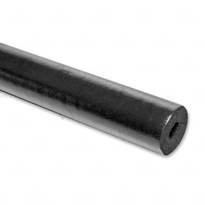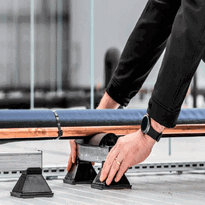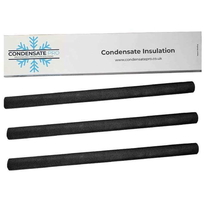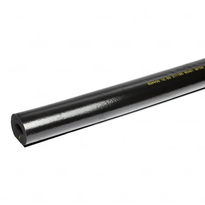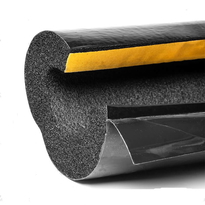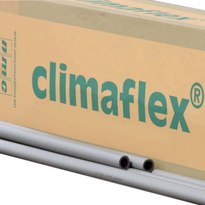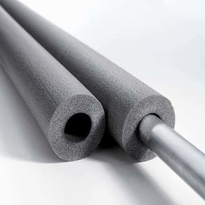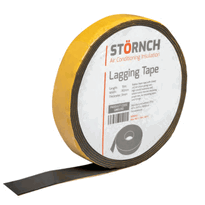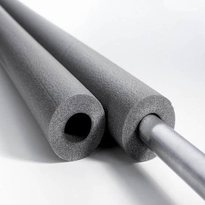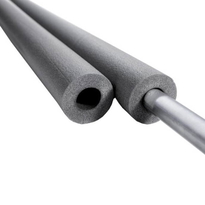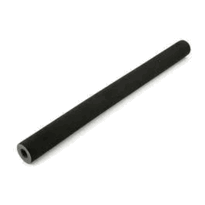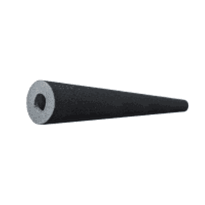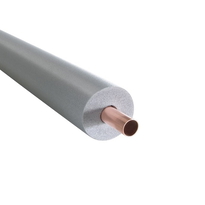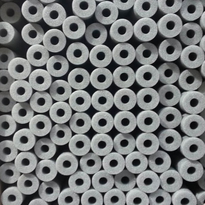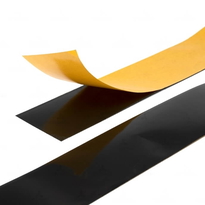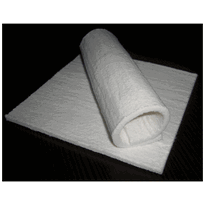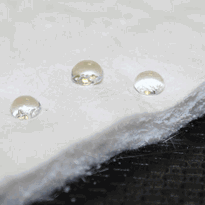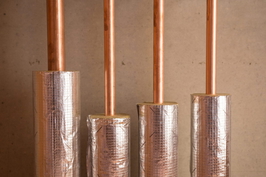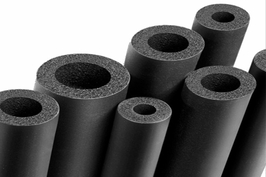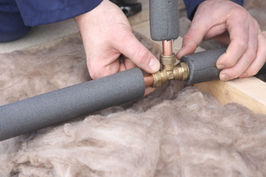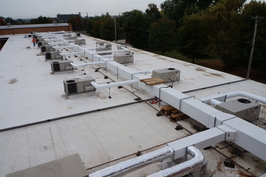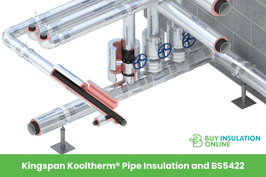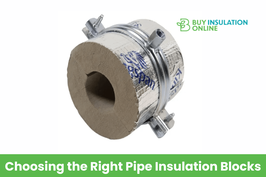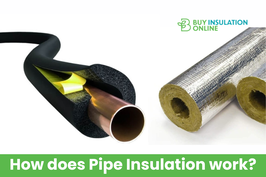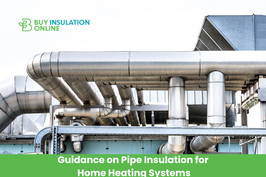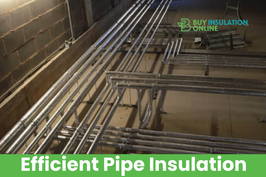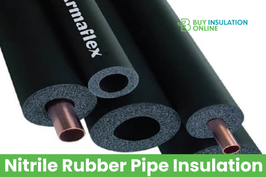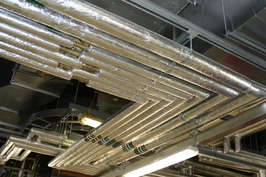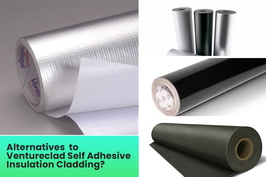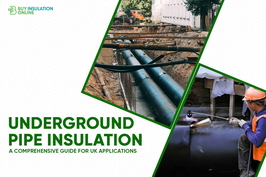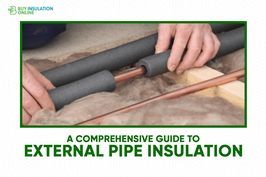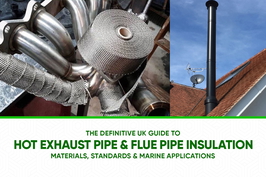External Pipe Lagging for Boiler Condensate
External pipe lagging for boiler condensate pipes protects them from environmental damage such as corrosion caused by mildly acidic soil, freezing temperatures, mechanical impacts, and weather exposure. Selecting appropriate insulation materials—such as polyethylene foam, calcium silicate, or fibreglass—based on the specific temperature and moisture conditions ensures long-lasting protection. Proper installation involves accurate measurement, secure sealing of joints, and regular inspections for signs of damage or deterioration. Implementing these best practices helps maintain pipe integrity, prevents system outages, and supports efficient boiler operation. For comprehensive protection, detailed guidance tailored to your installation environment is recommended.
Importance of Protecting Condensate Pipes From Environmental Damage
Protecting condensate pipes from environmental damage is vital to ensure the safe and efficient operation of boiler systems across the UK. External pipes are particularly vulnerable to soil acidification caused by mildly acidic condensate, which can lead to corrosion, leaks, and environmental contamination. Produced as a byproduct of combustion in a boiler, the condensate's acidity can gradually degrade unprotected pipes if not properly shielded. Implementing proper protection measures helps minimise the risk of freezing in cold climates, preventing blockages or bursts that can result in operational shutdowns. Physical impacts from adverse weather conditions or accidental contact can create leaks, leading to condensate loss and potential environmental harm. Using appropriate insulation materials such as foam pipe lagging or nitrile rubber lagging can provide effective freeze protection, reducing the likelihood of pipe damage during cold weather. Regular inspection and maintenance are essential. The use of effective lagging and protective coverings can shield pipes from temperature fluctuations and mechanical damage. Such proactive measures support environmental compliance, reduce repair costs, and maintain consistent boiler performance, contributing to the sustainability of operations across sites in the UK.
Selecting the Appropriate Materials for External Pipe Lagging
Choosing the right materials for external pipe lagging is essential to ensure effective thermal insulation and protection against environmental factors. When selecting materials, it is important to consider their thermal performance, moisture resistance, durability, fire safety, and suitability for specific climatic conditions prevalent in the UK. Material selection plays a crucial role in maintaining pipe integrity and efficiency over time. Polyethylene foam is a popular choice due to its low thermal conductivity and excellent moisture resistance. It is particularly effective in reducing heat loss and preventing condensation on pipes situated in humid environments or exposed external areas. Calcium silicate has high temperature resistance and offers robust impact resistance. This makes it suitable for pipes subjected to high operating temperatures or physical handling, ensuring longevity and safety. Fiberglass insulation provides outstanding thermal resistance. However, it requires the addition of vapour barriers to minimize moisture penetration, especially in areas exposed to humidity or rain. Below is a summary of key qualities of common materials used in external pipe lagging:
Material |
Best Use Cases |
| Polyethylene Foam | Pipes operating at moderate temperatures, environments prone to moisture |
| Calcium Silicate | High-temperature applications, where impact resistance and durability are priorities |
| Perlite | Pipes across a wide range of temperatures, particularly in high moisture settings |
Selecting a suitable insulation material based on these factors ensures reliable performance, tailored to the specific operational and environmental conditions encountered in the UK. Proper installation further enhances the effectiveness and lifespan of the lagging, contributing to energy efficiency and safety.
Best Practices for Installation and Maintaining Pipe Insulation
Proper installation and maintenance of pipe insulation are crucial to ensuring its effectiveness, longevity, and safety over time. Accurate measurement of pipe length and diameter forms the foundation; this ensures a snug fit that minimises gaps and thermal losses. The proper insulation of condensate pipes also helps prevent costly repairs caused by weather-induced damage. Focus on areas exposed to external elements, particularly those susceptible to freezing, to protect the integrity of the system. Regular inspections are essential. These should include checks for leaks, cracks, and other damage, with immediate replacement of any compromised insulation. When installing insulation, utilise pre-cut foam tubes and seal joints with tape or cable ties to prevent moisture ingress. Handling bends and joints with custom cuts ensures complete coverage and optimal insulation performance. Maintenance should be systematic. Conduct inspections for wear, moisture, and damage at least twice annually. Promptly replace any affected sections to maintain insulation integrity. Keep pipe labels visible to facilitate ongoing identification and inspections. Effective waterproofing materials and practices support the longevity of pipe insulation by preventing water ingress and protecting against UV damage. Adopting these best practices helps sustain the efficiency of pipe insulation, safeguarding it against failure and ensuring compliance with safety and regulatory standards.
Conclusion
Applying suitable external pipe lagging for boiler condensate pipes is vital to prevent environmental harm, conserve energy, and prolong the lifespan of the pipes. Choosing durable, compatible materials and following correct installation procedures ensure effective insulation and help minimize the risks of corrosion and heat loss. Regular maintenance and inspections are essential to maintain optimal performance, safeguarding system efficiency and safety. Consistent implementation of these best practices guarantees the long-term reliability of condensate piping, reduces maintenance costs, and enhances overall system integrity.
